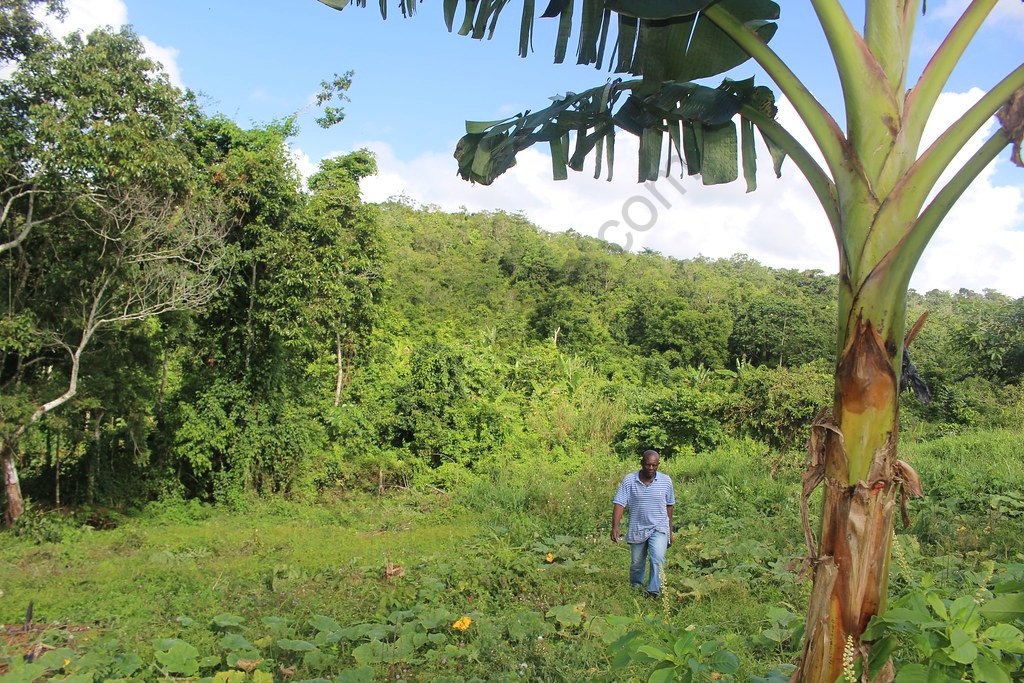Table of Contents

Introduction
Food is one of the most important necessities for all living things and Organisms. Foods provide a variety of nutrients such as fats, proteins, carbohydrates, minerals, and vitamins. Major Sources of Food for Animal Husbandry and Agriculture. India is a very agricultural nation but still, there is a shortage of food due to population growth. |
There are various ways in which food shortages can be prevented. Another is to improve production efficiency. The second provides access to Food for all people living in the Food Desert, and finally, people should have enough money to buy Food.
Strategies for Improving Food Production
Food is essential to the development and survival of all living things. In order to meet the growing population, it is necessary to increase food production. Crop breeding, animal husbandry, and modern technology such as tissue culture, genetic engineering, embryonic transfer have increased yields by many repetitions.
Animal Husbandry
It is a practice of raising and breeding livestock (buffaloes, cattle, sheep, cattle, etc.). It includes poultry farming and fishing.
Dairy farm management and poultry farm management are required to select the best breeding and disease-resistant breeds.
Breeding Animals and Species
A breed is a group of animals that are the same breed, genetically related, and have the same characteristics and appearance.
There are two types of breeding, Inbreeding, and Outbreeding
Breeding
Refers to the reproduction between male and female and the same species for 4 to 6 generations. For this purpose high men and high women are selected and included.
Inbreeding promotes human similarity and is needed in modifying pure lines or real breeding patterns as was the case in Mendel’s research.
Breeding removes undesirable genes and accumulates higher genes.
Inbreeding stress is caused by continuous breeding. Here, production, as well as reproduction are reduced, which can be restored by contact with higher unrelated animals.
Outbreeding
It refers to mating unrelated animals.
This can be of three types:
- Out-crossing: It is mating of the same breed, which does not have a common ancestor for a few generations. This helps in overcoming inbreeding depression.
Cross-breeding: It helps in combining superior traits of two breeds. For this purpose superior males of one breed are mated with superior females of another breed.
Hisardale- Result of cross-breeding of Marino rams (males) and Bikaneri ewes (female), a new breed of sheep is developed in Punjab. - Interspecific hybridization: Breeding between two different and related species.
Mule- A hybrid of a male donkey and a female horse. - Controlled breeding experiments are done to overcome several problems related to normal mating. Artificial insemination is used for control breeding. Semen may be used immediately or frozen and can be transported to use later on.
Multiple Ovulation Embryo Transfer Technology (MOET) increases successful hybridization chances.
In this method, the cow is given hormones similar to FSH (Follicle-stimulating hormone) to induce follicular maturation. This results in the production of more (6-8) eggs compared to one in a normal cycle. Mating or artificial insemination is done with the semen of an elite bull and the fertilized eggs (at the stage of 8-32 cells) are transferred to surrogate mothers.
Bee-keeping (Apiculture)
It is the maintenance of a beehive of honey bees for the production of honey. Honey is a nutrient-rich compound extracted from beehives. Beeswax is used in various industries to prepare cosmetics, polishes, etc. Apis Indica is the most common species of honey bees.
Fisheries
Blue revolution is related to an increase in the production of fish and other aquatic animals.
Aquaculture is breeding and rearing aquatic flora (fish, mollusks, crustaceans) and fauna (aquatic plants and algae) for commercial use. Extensive aquaculture is done in oceans, rivers or lakes, whereas intensive aquaculture is done in ponds and tanks.
Pisciculture is fish farming to get edible fish and fish products. In polyculture, different fishes are cultured together. In monoculture, different species are cultured separately.
Crop Reproduction
Crop breeding is deceptive plant breeding to get the desired characteristics in crop varieties such as high quality, high yield, and disease resistance.
Green Revolution means an increase in food production to meet the needs of the people. The Green Revolution in India was founded by M. S. Swaminathan. Modern methods and technologies are used for this purpose, e.g. use of fertilizers, pesticides, high yielding seeds, irrigation areas, etc.
High-yielding wheat and rice varieties have had a significant impact on the increase in food grain production.
Crop production is designed to increase yields, improve quality, tolerate environmental stress, resistant to various diseases and pests.
The development of plant diversity can be achieved through a selective process. Conditions for selecting high yields, disease resistance, fertilizer response, weather tolerance, etc.
Crop production development to protect growing or harvested plants. Nutritional management, irrigation, and planting patterns can help improve crop production.
High-quality inputs (improved seeds and fertilizers) are important for increasing productivity (yield in each planted area) under both rainy and irrigated conditions. In addition, robust expansion resources and advice are essential to improving the acceptance and efficiency of advanced inputs.
FAQ’s
Q. How Can We Improve Plant Variety?
Ans: The development of plant diversity may be achieved through a selection process. How to choose a high yield, disease resistance, fertilizer response, weather tolerance, etc. Improving crop production to protect growing or harvested plants.
Q. What is manure and different types of compost?
Ans: Manure is the decay of plant waste and animal feces. Compost contains nutrients and a small amount of organic matter. The different types of compost available for farming include Green manure, compost, and vermicompost. Each of the different types of compost has its own features that contribute to improving crop production and increasing the nutritional value of the crops grown on farms.
Q. What are the disadvantages associated with fertilizer?
Ans: Chemical fertilizers can damage soil insects and microorganisms. Fertilizer also provides a small amount of organic matter. Prolonged use of fertilizers can damage soil fertility. If excessive irrigation is done, some fertilizers may flow into the water through excess water. This can lead to water pollution as the fertilizer is chemical. These are the main barriers associated with the use of chemical fertilizers.







